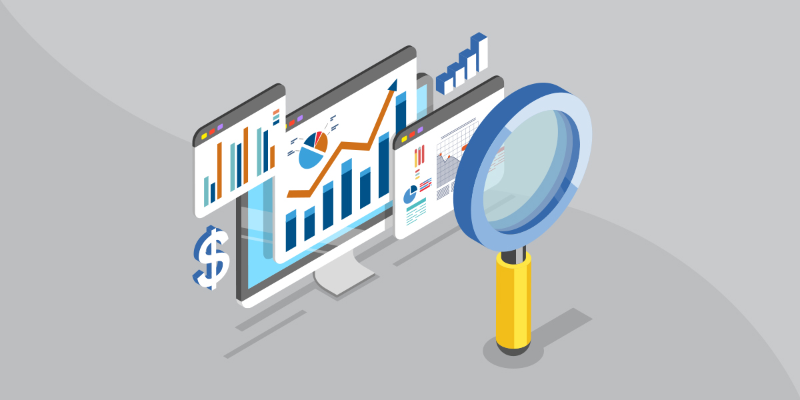Eyes on the Economy: PMI, Industrial Production, Leading Indicators

Purchasing Managers’ Index Increases in February
The U.S. composite Purchasing Managers’ Index (PMI) increased to 50.2 in February, a sharp increase from 46.8 in January. A reading above 50 indicates expansion in business activity while a reading below 50 points to contraction. This is the first time in eight months that the index posted above 50.
Components that positively contributed to the boost include employment, which accelerated to the fastest since September, and business confidence, which was the highest since May. Output remained unchanged while new orders continued to decline—although at a slower rate.
Meanwhile, the manufacturing PMI posted a 47.8 to remain below 50 for the fourth consecutive month as the services PMI rose to 50.5, also moving above 50 for the first time in eight months. The figures suggest we may be looking at early signs for manufacturing declines and a recovery in services.
Industrial Production Slows
U.S. industrial production decelerated to 0.8 percent in January, the smallest annual growth since March 2021. Manufacturing barely grew at 0.3 percent while utilities output dropped 8.9 percent. Mining output, however, increased at an annual rate of 8.6 percent.
On a month-over-month basis, industrial production posted no growth at all after declining 1 percent in December. This is the fourth month of zero or negative growth. After substantial decreases in December, manufacturing and mining output rose 1 percent and 2 percent, respectively. The large weather swing from December to January led to a significant decline in demand, causing a sharp drop of 9.9 percent in utility output. Overall, we are looking at a trend of continued deceleration in industrial production over the past several months.
Leading Economic Indicators Continue To Decline
The Conference Board Leading Economic Index (LEI) for the United States continued to decline in January. At minus 0.3 percent, the rate of decline has slowed, but the trend has been sustained for months. While there has been a lot of focus on the financial environment given the impact of rising rates, the financial components of the LEI composite decreased 0.3 percent over the last six-month period, a smaller decline compared with the 2.9 percent decrease in nonfinancial components.
The Conference Board LEI is a composite of leading economic indicators that historically signal a peak or trough in a business cycle. Changes in these indicators come ahead of a turn in the cycle—hence, the term “leading.” Both the Coincident Economic Index (CEI) and Lagging Economic Index (LAG) were still rising in January—understandably, as CEI moves at the same time as a business cycle turns while LAG moves after a turn in the cycle. The movements of the three indices suggest a strong likelihood of an economic downturn in the near term.
July 2022–January 2023 Change in Leading Indicators
Source: The Conference Board
Recent Economic Releases
| Indicator | Prior period | Current period (forecast) | Current period (actual) |
|---|---|---|---|
| Composite Purchasing Managers' Index (Feb.) | 46.8 | 47.5 | 50.2 |
| Manufacturing Purchasing Managers' Index (Feb.) | 46.9 | 47.1 | 47.8 |
| Industrial Production (Jan.)(MoM) | (0.1%) | 0.5% | 0% |
| Leading Economic Index (Jan.)(MoM) | (0.8%) | (0.3%) | (0.3%) |
